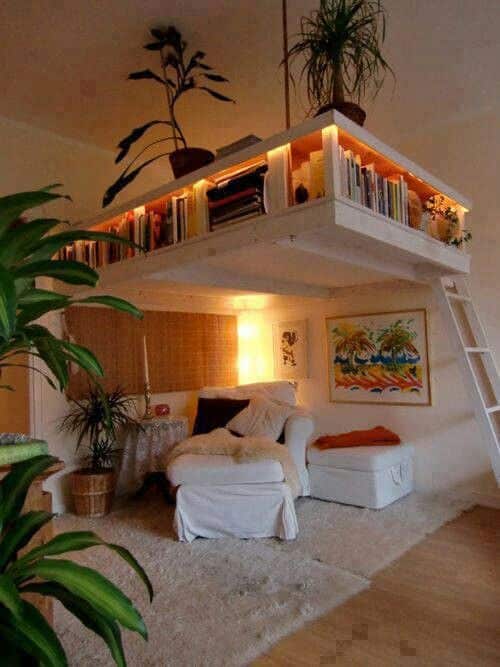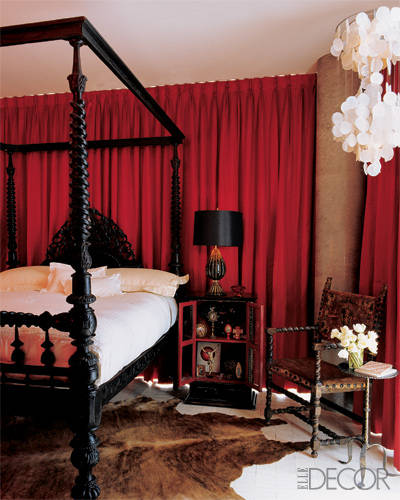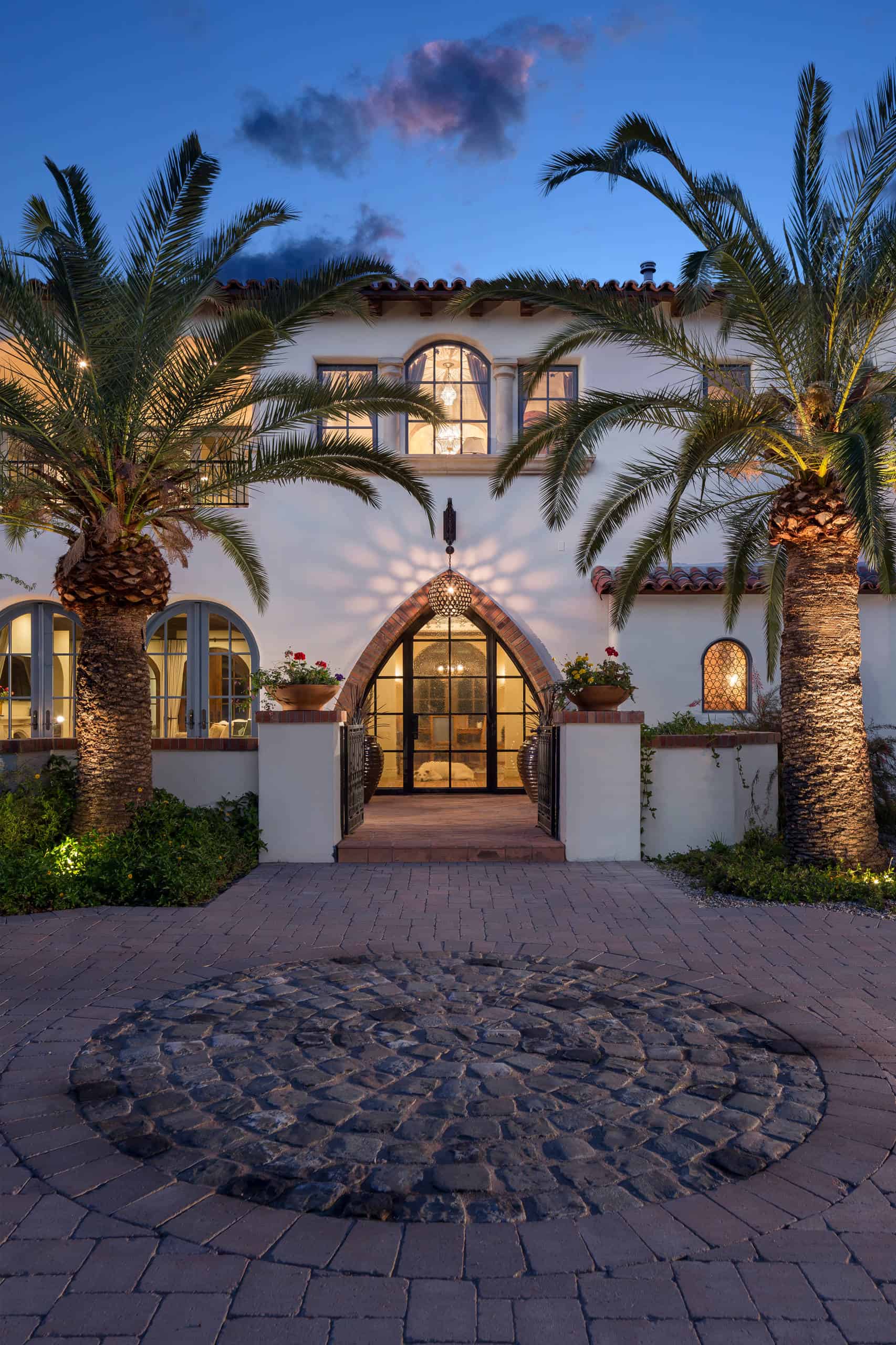Table of Content
A modular home is built in a factory to about 80-90% completion and then trucked over to the building site. Get permits before the project starts and follow building codes. Some states classify prefabricated homes as “mobile homes,” which leads to more taxes and less or no mortgage options. Modular homes are highly customizable, and pre-designed plans are also available. Additions such as a garage, basement, or deck add to your overall cost.

Newly built modular homes come without all of the hassle and headaches. Many of our customers started dreaming of building their new home years ago. Sometimes they are collected in a notebook or stored in an online design program, or even on piece of graph paper. The plans have been collected from many sources and have modified over and over again over the years.
Story Modular Home Floor Plans For Order
Cape floor plans are typically symmetrical, simple, and considered a one-and-a-half story home. Many have two or three dormers which offer natural light to the living space under the roof. On the interior, the symmetrical design of the Cape Cod home is replicated. Banks tend to offer fewer financing options compared to site-built homes. Modular homes attached to a permanent foundation qualify for more loans, but on-frame modular homes are categorized as mobile homes and may require alternative lending sources. Pratt Modular Homes prices range from $65 to $100 per square foot or between $39,900 to $218,400, not including the finishing costs on-site.
You can simply contact your modular home builder and make a plan to add on. To get a modular home loan, the top financing options are USDA construction loans, FHA loans, and VA loans that can later be converted to a mortgage. Also, reputable modular home builders will refer you to a recommended lender. Modular homes come in a variety of styles, including Ranch, Cape Cod, two-story, duplex, modern, and French country. Each builder may quote different services for their base and turn-key finished homes. Always check with the builder to make sure what exactly they include in the price.
Pros and Cons of Modular Homes
This can happen for many reasons including, changes in financial status, unexpected issues with land, etc. When this happens, you can benefit by getting a home that has already been discounted for quick delivery. Our Quick Delivery Homes reduce the time it takes to move in to a personalized custom home. An Immediate Delivery Home can be move-in ready within a few months, depending on your building site and when site preparation begins.
Why not take advantage of modern modular construction for your new home? We offer a variety of modular home floor plans, including ranches, Cape Cods and two-story homes, just to name a few. Many of our models offer exceptional architectural options, exterior elevations and interior designs. The benefits of building high performance modular homes with modular construction are ease and efficiency that is greater than site-built counterparts. Our high performance design offers a no-compromise approach that result in high-quality modular homes built for long-term living with lower utility costs.
Modular Home Plans and Prices List
Prices depend on the size and whether it's attached to the home or not. Wherever you want to go, Champion can make it feel like home with spacious, fully functional living spaces on wheels. Our role as a leading manufacturer requires us to purchase large amounts of quality building material – achieving economies of scale that result in price savings we pass along to you.

You often need to own or buy a piece of land before installing the modular home. Financing options are available directly through the manufacturer. They bring the house up one level and are used in hurricane-affected places and homes near water. Pier and beam foundations are the most popular and cheapest option and are typically set up in one day.
Some cheaper prefab house kits may also require you to purchase roof shingles separately. For assembly service only, expect to pay at least 10 percent more. They appreciate in value like site-built homes and have greater construction and material quality. I would like to write a long-overdue commendation to be put in the file of David Dillman of the Bethel office.

Certain design limitations exist since contractors must move the modules onto a truck for delivery. A crawl space is similar to pier and beam, but adds extra space under the house for storage. They’re more energy-efficient and have lower monthly expenses than stick-built homes. Modulars save money on utility bills when compared to a site-built home do to energy-efficient construction.
A prefab home installation costs $5 to $35 per square foot or between $10,000 to $50,000. Prices depend on the size of the home and any exterior improvements. After the manufacturer delivers and sets the modules on its foundation, a contractor installs the home in a process called "buttoning up". Immediate Delivery Homes are newly constructed modular homes for sale that were ordered by a customer and couldn’t be delivered.
Though we’ve mentioned some of the advantages of modular homes earlier in the article, let’s recap them for comparison. Transportable – Though not always ideal, you can move manufactured homes from location to location should the owner desire it. Allows for some privacy – Unlike an apartment, a mobile/manufactured home stands alone, offering a sense of privacy and ownership to those living in it. They are “mobile” in that they are transported to the site on their own wheels attached to the steel frame under the home.
Modular homes use 15 to 20 percent more wood and undergo strict inspection and testing before delivery. That makes them stronger and safer than traditionally built homes. Modular homes are typically built on a basement or pier-and-beam foundation with a crawl space. The modular home's weight causes cracking and settling on slabs, which leads to significant long-term damage. Modular home manufacturers build 80 to 90 percent of the home's sections or modules in a factory. Factories construct the walls, install drywall, appliances, and roof framing, paint, and inspect for quality-control.

Inspection of a manufactured home takes place in the factory, so they do not have to be structurally approved by a local inspector. A modular home receives the same treatment by banks as homes built on-site. We track the estimates they get from local companies, then we share those prices with you.
No comments:
Post a Comment